I am delighted to have Mr. Paul McCue as our guest blogger today. Paul is an accomplished author and expert on the British-led Special Operations Executive (SOE). He is a trustee of the non-profit organization, The Secret WW2 Learning Network which is dedicated to making better known the activities of clandestine warfare during World War II. His organization works closely with the Paris-based Libre Résistance which exclusively covers SOE’s French Section and its agents. Paul recently attended a memorial ceremony for the French Resistance of World War II. It was held at Fort Mont-Valérien in a suburb of Paris and like the annual 18 June memorial event, it was a very solemn event and attended by many dignitaries. The ceremony carries a significant message to all of us concerning the brave men and women who actively fought the Nazis and those who paid the ultimate price.
Did You Know?
Did you know the image I’ve included here of the four resistance members being executed was one of three photos discovered in December 2009? These are members of the Manouchian group named after its leader, Missak Manouchian. It was one of the deadliest and more successful resistance groups which made up the FTP-MOI, a resistance réseau (network) comprised of European immigrants, principally Jews. Manouchian’s group specialized in assassinations, bombings, and general disruption of the German occupation forces (the Nazis called them “The Army of Crime”). The group was betrayed, and the Gestapo arrested twenty-three members. A public trial was held and twenty-two were executed by firing squad at Fort Mont-Valérien on 21 February 1944 (the only woman was taken to Germany where she was beheaded in May). No photographs were allowed of any executions. However, Clemens Rüter, a German soldier, stood on the crest of the hill overlooking the clearing where the four men were tied to stakes in front of the firing squad and he took three snapshots. Rüter went back to Germany after the war and the camera, with the film still in it, was left untouched for forty years. Shortly before he died, Rüter told someone about the camera and the three images. The person he told his story to worked for the Franz Stock Association. The camera and film were turned over to the association which had the film developed. Serge Klarsfeld identified the four victims as members of the Manouchian group. Franz Stock was the German priest assigned to Fort Mont-Valérien to administer to the condemned men. He was known as the L’Archange de enfer or, “The archangel in hell.” Franz Stock will be the subject of our 2 March 2019 blog post.
Before Paul talks about his first-hand experience in late September, allow me to give you a brief background on the Mémorial de la France combattante or, Memorial of Fighting France, it’s annual ceremony, the Companions of the Liberation, and Fort Mont-Valérien. By tying these together, you will have a better appreciation for Paul’s blog.
Mémorial de la France Combattante
Almost immediately after the liberation of France in August 1944, General Charles de Gaulle decided to formally pay tribute to the members of the French Resistance who had died. He visited Fort Mont-Valérien where resistance members were executed by firing squad, Fort Neuf de Vincennes where other executions took place, and finally, Cimetière Ivry-sur-Seine (aka Cimetière Parisien d’Ivry) where many of the victims were buried including Missak Manouchian.
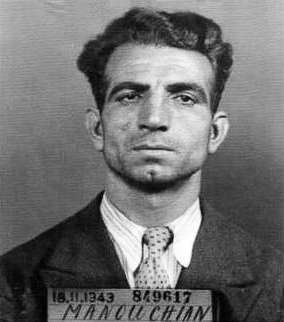
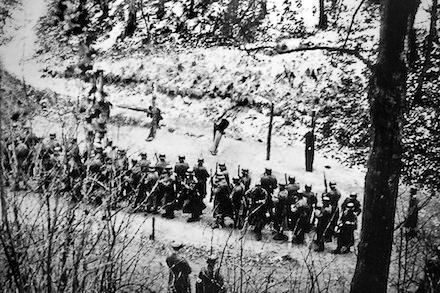
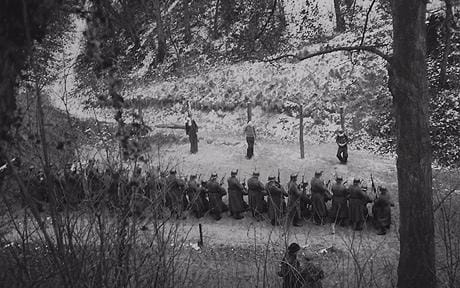
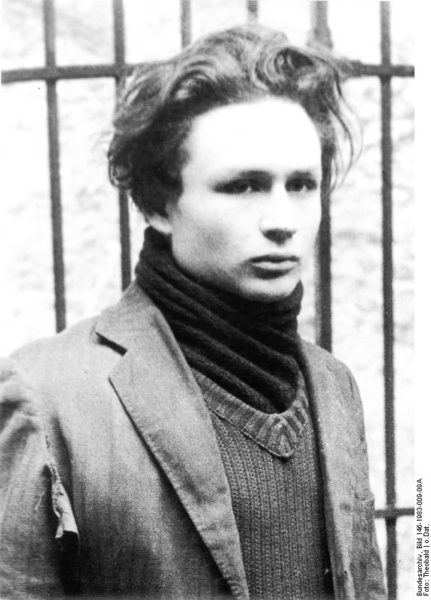
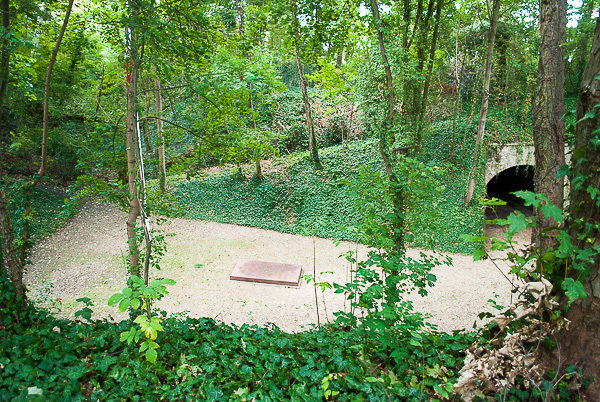
A year later, General de Gaulle created the Mémorial de la France Combattante, a memorial at Fort Mont-Valérien to the resistance members and the first ceremony on 18 June 1945 was held along with 200 Companions of the Liberation. Later that year, the remains of fifteen men and women were buried in a temporary crypt. They included nine combatants, three resistance members, and three deportees. In the late 1950s, General de Gaulle created the memorial we see today. The 110,000 square foot esplanade is named Place Abbè Franz Stock. Fifteen coffins were transferred to the crypt and reburied. A sixteenth coffin lies empty. It is reserved for the last surviving Companion of the Liberation after they pass away. A ceremony is held each year on 18 June, the anniversary of General de Gaulle’s famous speech, to commemorate the Fighting French.
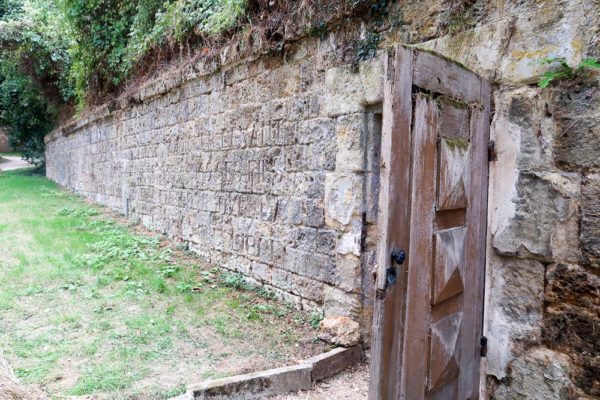
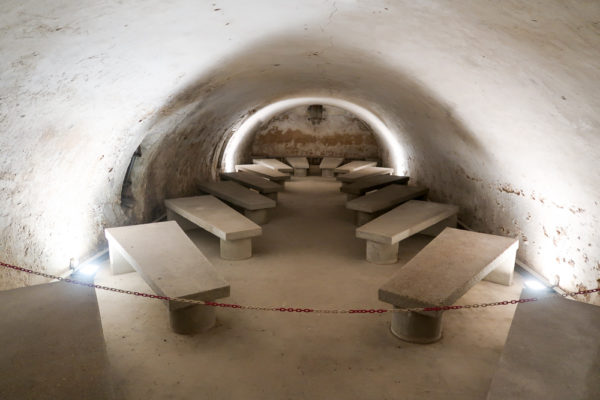
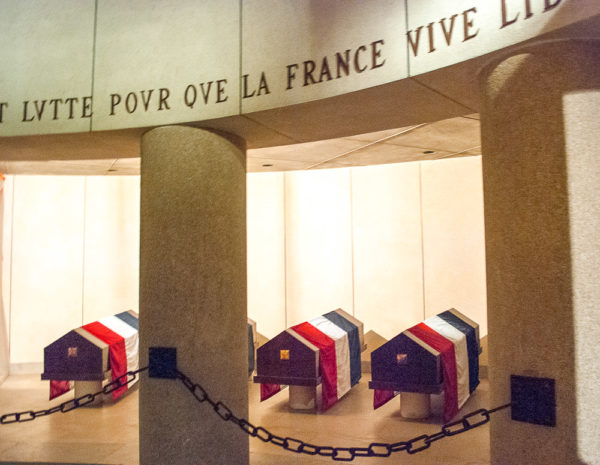
The Order of Liberation or, Ordre de la Libération was created to honor the heroes of the Liberation of France. It is second only to the Légion d’honneur or, Legion of Honor. Recipients are referred to as Compagnon de la Libération or, Companion of the Liberation. General de Gaulle established the award in late 1940 with the last awards presented to French citizens on 23 January 1946 (awards to foreign nationals ended in 1960). The medal is called the Croix de la Libération or, Cross of Liberation and only 1,061 were awarded (1,038 to individuals, 18 to military units, and five to cities). Only six women were awarded this honor including Berty Albrecht whose remains are buried in the crypt. The youngest Companion of the Liberation was fourteen when he was executed by the Nazis for refusing to divulge information. Foreign nationals included Dwight D. Eisenhower, Winston Churchill, and King George VI.
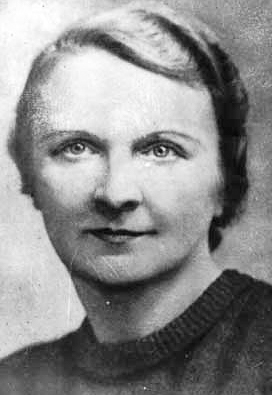
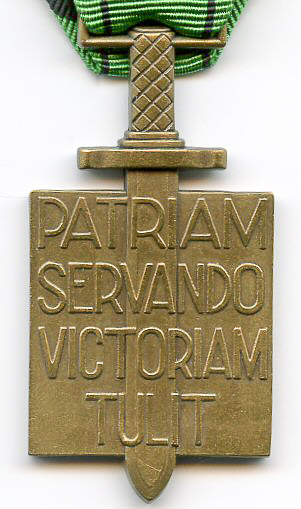
Fort Mont-Valérien was built in 1841 as one of many fortresses in a ring around Paris. It was surrendered to the Germans in 1871 and this resulted in the armistice and end to the Franco-Prussian War (as well as the end of Napoléon III’s government). During the Nazi occupation, it was used as a prison and place of execution. The fort’s isolated location (at that time) prevented anyone from witnessing the executions. More than a thousand executions were recorded by the Wehrmacht and Franz Stock mentions 863 of these in his diary.

If you are in Paris and have a half day open, I highly suggest you visit Fort Mont-Valérien. Tours are given in French but if you have a group and make arrangements ahead of time, they will conduct a tour in English. Unfortunately, they don’t get many visitors from the United States.
Paul McCue’s Blog
I was recently among some two hundred attendees (from France, Britain, and the USA) at a ceremony at Fort Mont-Valérien in the Suresnes suburb of Paris on Saturday, 29 September 2018. The first French Section SOE agent to be executed, Lieutenant André Bloch, was shot at Mont-Valérien on 11 February 1942. The ceremony and visit, led by Jean-Baptiste Romain and Antoine Grande of the French Government’s Office National des Anciens Combattants et Victimes de Guerre (ONAC VG), took place at the somber Mémorial de la France Combattante. Prayers, and the RBL exhortation, were delivered by Father Aidan Troy and David Bean, Catholic Chaplain and Chairman, respectively, of the Royal British Legion’s Paris Branch and were followed by the placing of wreaths and speeches from: Lionel Southgate, President of Libre Résistance (and son of Squadron Leader Maurice Southgate, a senior agent of French Section, SOE); a partnering organization from London; and His Excellency Lord Ed Llewellyn, the UK’s Ambassador to France.
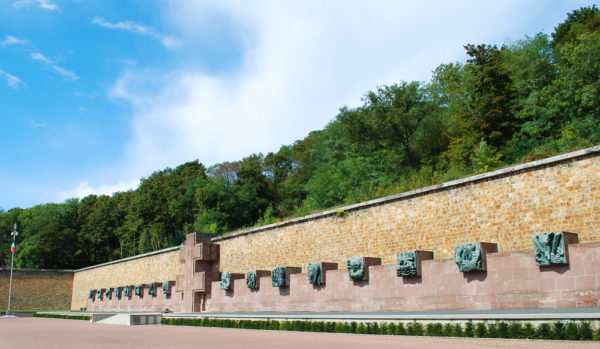
After the ceremony, a vin d’honneur (wine reception) was kindly hosted by the Ville de Suresnes in (appropriately) the only vineyard in Paris, on a hillside looking out towards the Eiffel Tower. The day was rounded off by a Bateau Mouche trip and meal on the Seine.
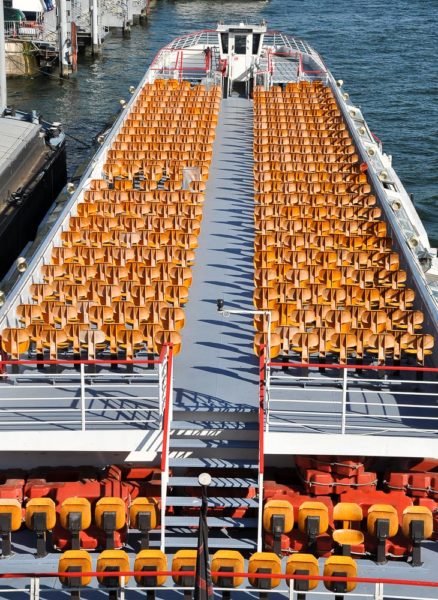
The following day, Sunday, consisted of a guided coach tour around Paris, to sites with a French Section SOE resonance. Colonel Nick Fox and I were the guides and had produced a 56-page booklet of notes. Sites visited included: 75, boulevard Lannes – where Major Gilbert Norman and Lieutenant Andrée Borrel of the PROSPER/PHYSICIAN circuit were arrested in June 1943; 3 (and 4), place des Etats-Unis; 84, avenue Foch; and 11, rue des Saussaies. The latter three stops were locations used by the German intelligence and secret police forces and at the rue des Saussaies (currently a police headquarters of the French Ministry of the Interior), a guided tour had been arranged of the (preserved) holding cells for Gestapo and Abwehr prisoners. Among the walls’ graffiti is an inscription by Wing Commander Forrest Yeo-Thomas, the famous ‘White Rabbit’ agent of RF Section, SOE.
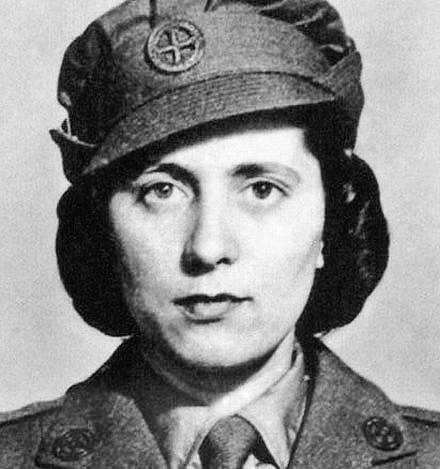
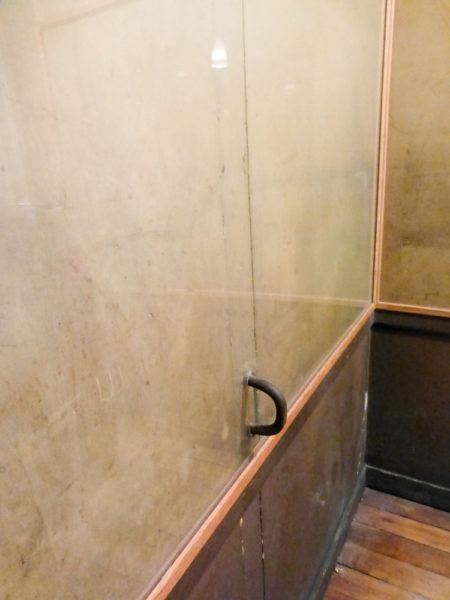
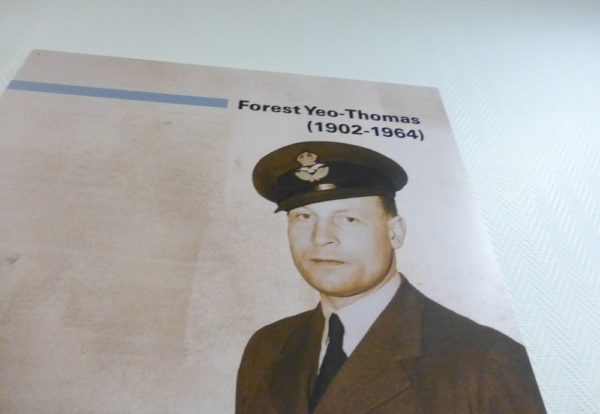
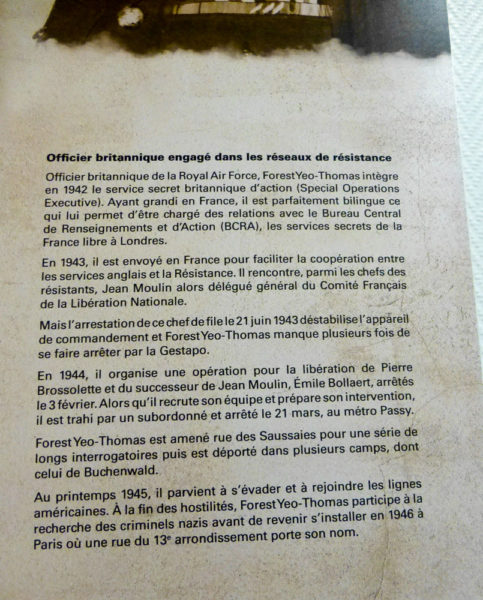
Topics covered in the booklet produced by Nick and myself, and covered in the in-tour presentations, included: Noor Inayat-Khan (with a talk on her early life by US writer Humera Afridi who had joined from New York); The Birth of SOE; SOE in France – Origins and Allied Strategy; German Secret Services in France; SOE’s PROSPER/PHYSICIAN circuit disaster of 1943; André Bloch, French Section, executed at Mont-Valérien; Major Henri Frager of French Section; the ‘French Gestapo’ – the Bonny-Lafont Gang; 18, rue Mazagran and the arrest of Major Francis Suttill (PROSPER/PHYSICIAN) of French Section.
Meet Paul McCue
Paul has been a military historian and author for more than twenty-five years. He has authored five books and regularly gives talks and presentations in England and France. He specializes in the SOE and is currently working on a three-volume roll of honor for the French Section of this Second World War secret service. Paul was born in Wombwell, near Barnsley, Yorkshire and educated at the University of Birmingham, where he graduated in International Studies. He retired as Managing Director of the London-based leisure and culture company, Enable in 2018 and now devotes his time to his research, presentations, and writing from his home in Surrey, England.
Recommended Reading and Viewing
I highly recommend you visit Paul’s organization, The Secret WW2 Learning Network, link here. Follow him on Facebook here. Paul’s website is www.paulmccuebooks.com and his books can be found on Amazon. I also invite you to visit the website for Paris-based Libre Résistance, a non-profit organization dedicated to preserving the memory of the agents who served in F-Section of the SEO: link here.
Read about the ‘French Gestapo’–the Bonny-Lafont Gang here.
Read more on the SOE:
- The White Mouse–The story of Nancy Wake
- Sussex Plan and a Very Brave Woman
- Double Agent or Bad Neighbor
- Noah’s Ark–The story of Marie-Madeleine Fourcade
- Women Agents of the SOE
Books by Paul McCue:
McCue, Paul. Brighton’s Secret Agents: The Brighton & Hove Contribution toBritain’s WW2 Special Operations Executive. Chicago: Uniform Press, 2017.
McCue Paul. Wandsworth and Battersea Battalions in the Great War. South Yorkshire: Pen & Sword Military, 2010. McCue Paul. SAS Operation Bulbasket. South Yorkshire: Republished by Pen & Sword Military, 2009.
McCue Paul. Behind Enemy Lines with the SAS: The Story of Amédée Maingard, SOE Agent. South Yorkshire: Republished by Pen & Sword Military, 2007.
McCue, Paul. Dunsfold:Surrey’s Most Secret Airfield. Surrey, England: Air Research Publications, 1996.
Ministère de la Défense: Cameron, Claire (under the direction of). Le Mont-Valérien: Résistance, Répressionet Mémoire. Montreuil, France: Gourcuff Gradenigo, 2008.
What’s New With Sandy and Stew?
Sandy and I are getting ready for our next trip. This time it will be to Singapore and twenty-one days traveling through Southeast Asia. Some of the countries we’ll visit in addition to Singapore and Hong Kong are Vietnam, Thailand, Cambodia, and California (not a real country but they think it is; ha ha). Like our last trip (to the Amazon), Sandy will set up a Pinterest board and post daily images. All you have to do is go to your Pinterest account and sign in. If you don’t have an account, contact Sandy and she’ll walk you through the process. Her e-mail is sandy.ross@yooperpublications.com. Believe it or not, we’ve had more than 15,000 impressions (i.e., hits) on the Amazon Pinterest board.
Someone Is Commenting On Our Blogs
The Friends of Franz Stock Association own the copyright to the three images of the résistants being executed. I am indebted to the association and in particular, Monsieur Jean Pierre Guérend for granting me permission to use the images. As always, a huge thank you goes out to our good friend in Paris (and the best private guide you’ll ever have), Raphaëlle Crevet (raphaellecrevet@yahoo.fr). She was responsible for setting up our appointment last year with Antoine Grande whom we spent an hour discussing the history of Fort Mont-Valérien, its role during the occupation, and the reason why people dedicate their careers to making sure people understand what happened during those horrible years. If there is a topic you’d like to see a blog written about, please don’t hesitate to contact me. I love hearing from you so keep those comments coming.
Why Would You Want To Buy Our “Walks Through History” Books?
Simple.
You like to travel and experience history and historical events. You like to see original buildings that had a significant impact on the people and events of the history you’re engaged with. You want to know the stories behind the brick and mortar in front of you.
The walking tour books are meticulously researched so you can go directly to those sites and learn about the building’s history as well as an introduction to some of the more interesting people associated with it.
Thank You
Sandy and I appreciate you visiting with us. We have some exciting things on the horizon and we’ll keep you updated as we go along.
Share This:
Follow Stew:
Find Stew’s books on Amazon and iBooks.
Please note that we do not and will not take compensation from individuals or companies mentioned or promoted in the blogs. Walks Through History
Walks Through History
Copyright ©2019 Stew Ross
